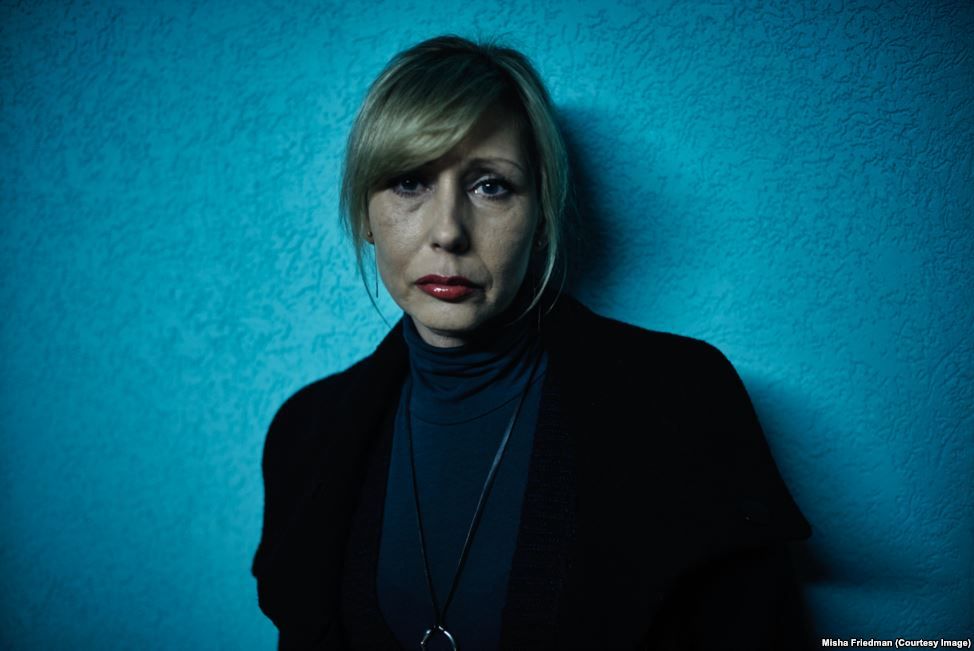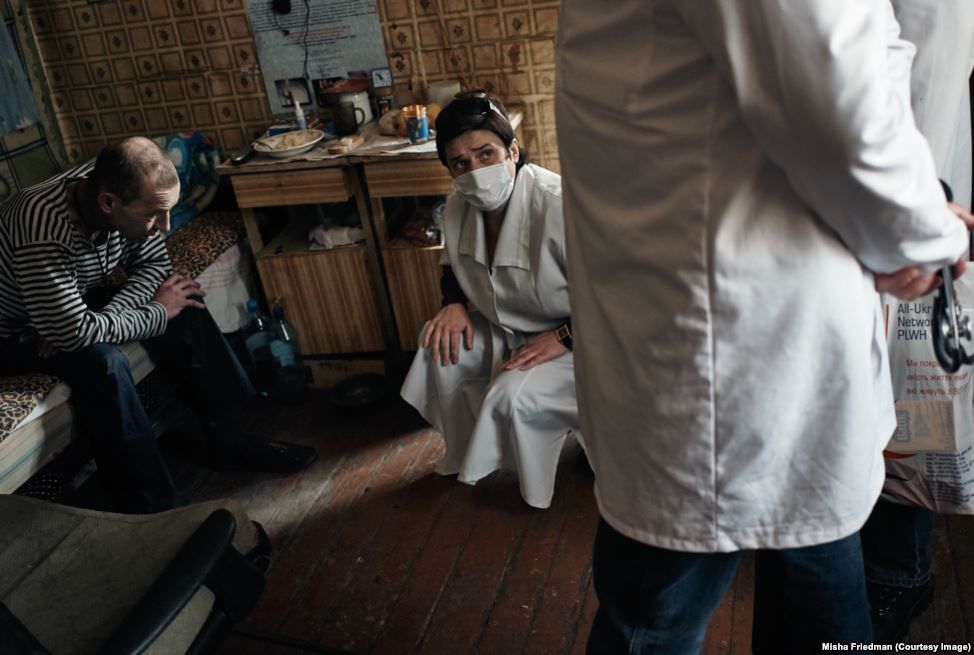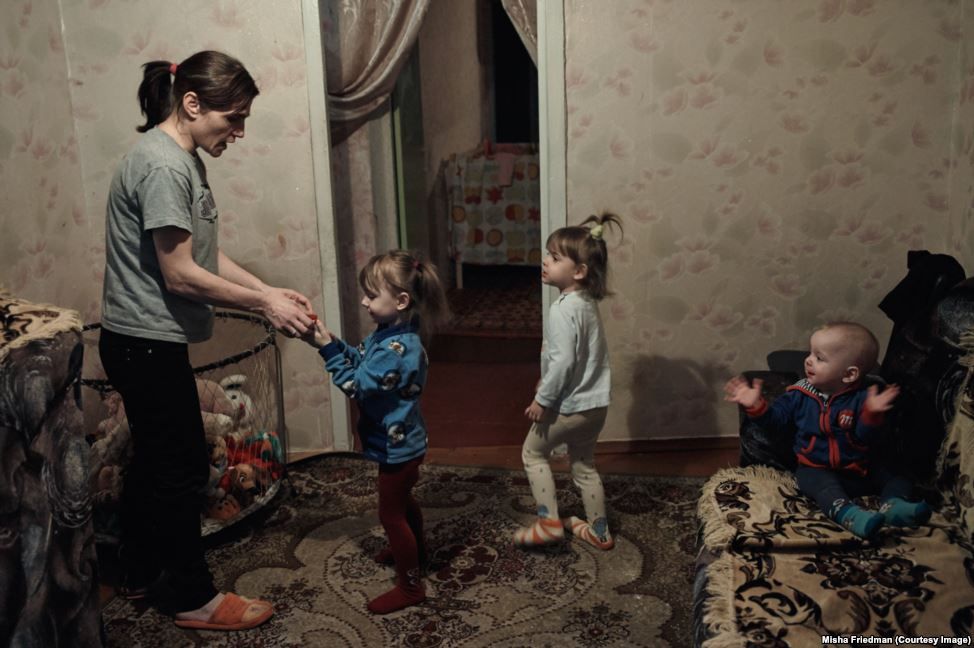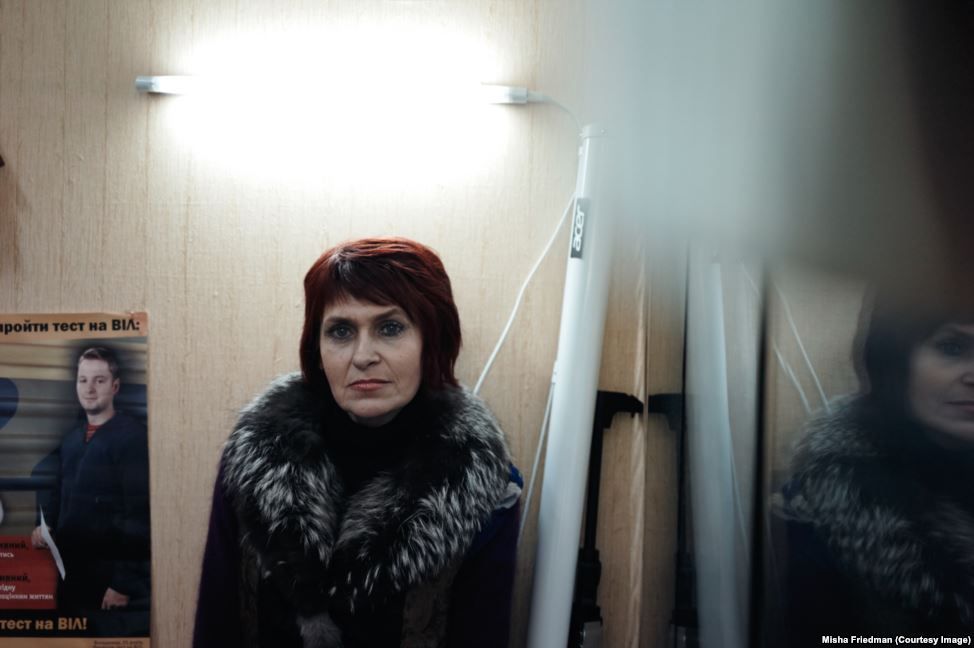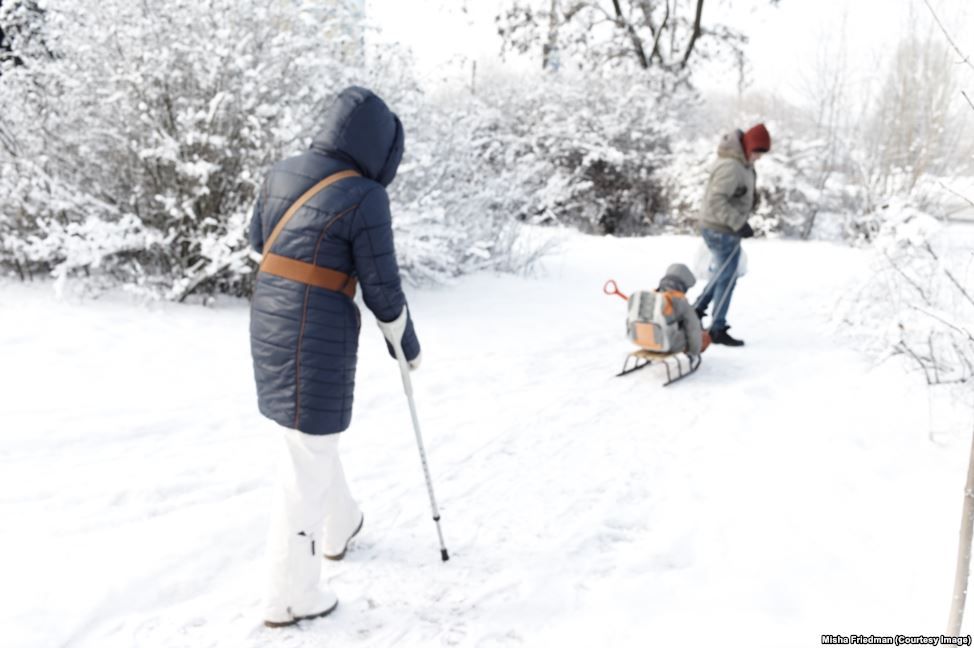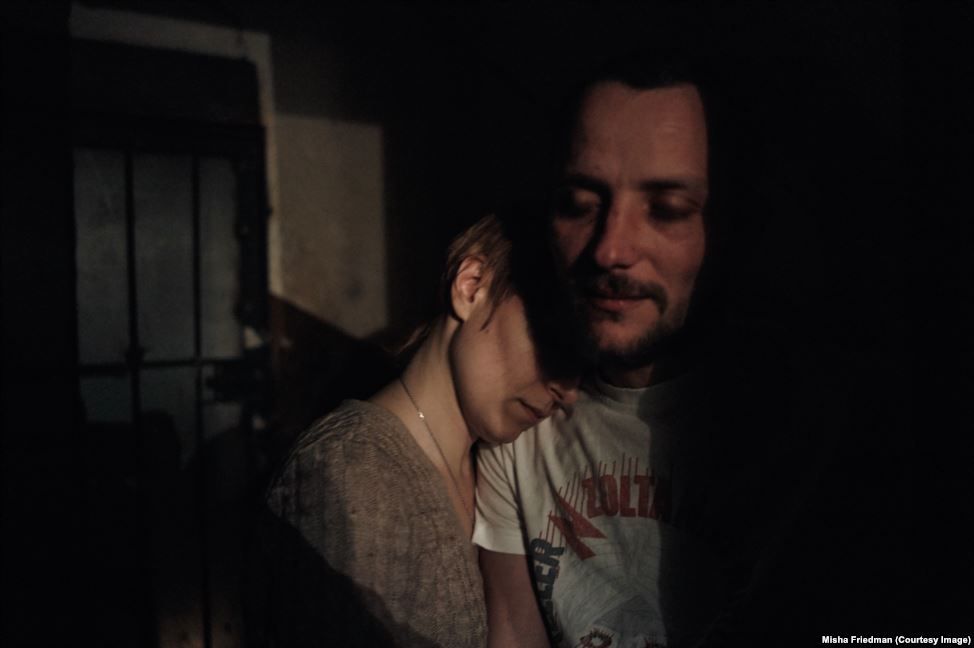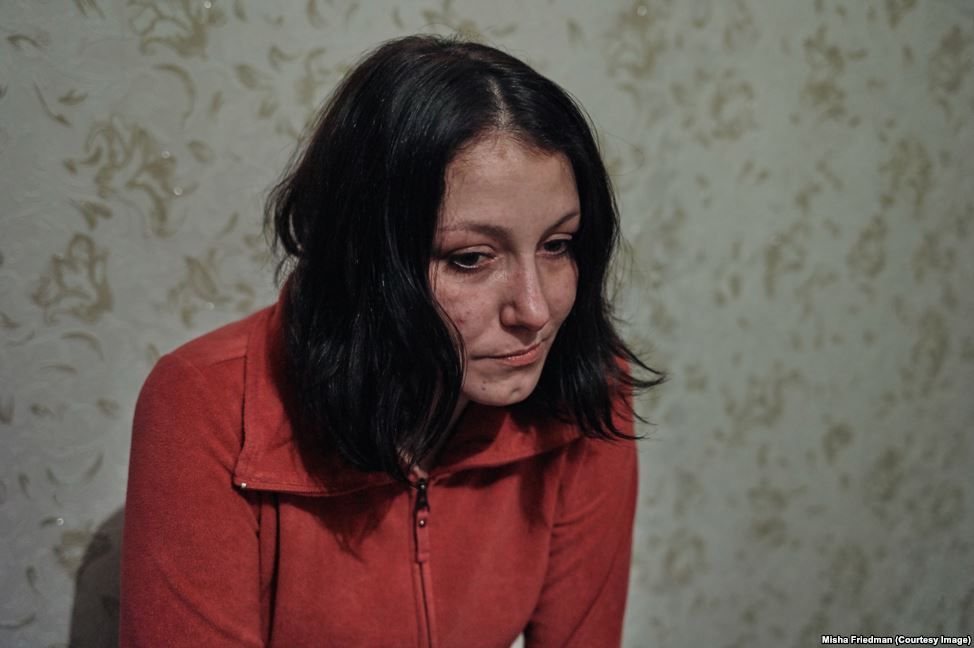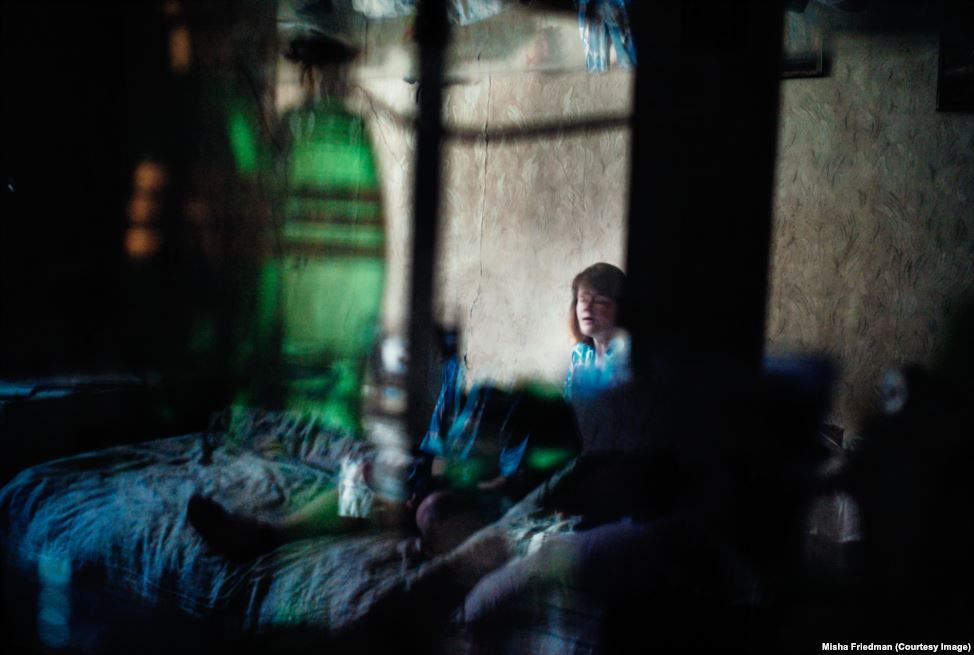July 25, 2016 | Radio Free Europe
By
Misha Friedman
As the conflict in eastern Ukraine grinds on, a hidden crisis that began long before the fighting is becoming increasingly severe. Ukraine has one of the highest rates of HIV/AIDS in Europe and, in the war-torn east of the country, the numbers are reportedly three times higher than in the rest of Ukraine.
With Russia-backed separatists banning most international medical organizations and taking a harsh stance toward people living with HIV/AIDS, many who can, flee the region, becoming some of Ukraine's most vulnerable IDPs.

